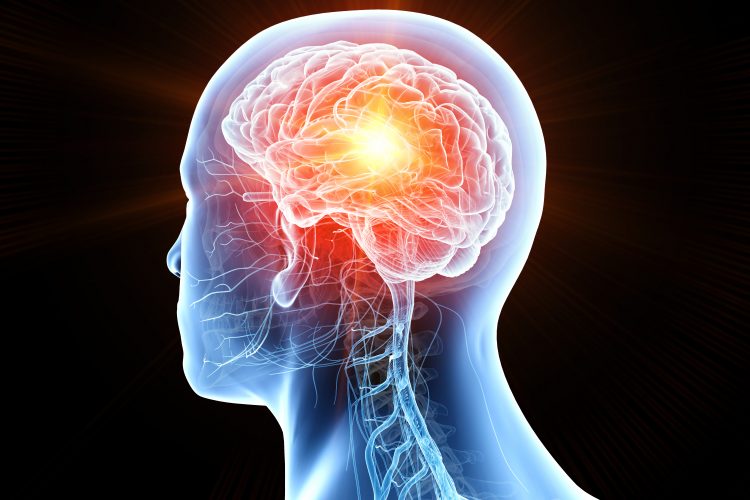Glioblastoma treatment boosted by new drug combination strategy
Posted: 26 September 2025 | Drug Target Review | No comments yet
Researchers in China have discovered how glioblastoma adapts to low-oxygen conditions – revealing a new treatment strategy that combines an orphan drug with standard chemotherapy to overcome resistance.


A new study published in Science China Life Sciences has revealed a critical mechanism that helps glioblastoma (GBM) – the most aggressive and common form of brain cancer – thrive in low-oxygen environments. The findings highlight a new therapeutic approach which combines an existing orphan drug with standard chemotherapy to overcome treatment resistance.
GBM patients typically survive an average of just 15 months – a figure that has remained for decades. One key reason is that hypoxic regions within tumours foster aggressive, drug-tolerant cells. Previous research has focused largely on the hypoxia-inducible factor (HIF) pathway, but the new study led by Professor Xudong Wu at Tianjin Medical University has found an alternative mechanism involving the epigenetic enzyme PRMT2.
PRMT2’s role in tumour adaptation
Using single-cell imaging, biochemical dissection and patient-derived models, Wu’s team found that within minutes of oxygen deprivation, PRMT2 is drawn into membrane-less ‘transcriptional condensates’ in the nucleus – droplet-like structures that gather the machinery needed for rapid gene activation.
Using single-cell imaging, biochemical dissection and patient-derived models, Wu’s team found that within minutes of oxygen deprivation, PRMT2 is drawn into membrane-less ‘transcriptional condensates’ in the nucleus
Once inside these condensates, PRMT2 is activated through CDK9-mediated phosphorylation at serine-12. This modification stabilises the enzyme within the droplets, enabling it to place the H3R8me2a histone mark and trigger a pro-tumour transcriptional program that enhances angiogenesis and hypoxia adaptation.
The study also identified a naturally occurring mutation, G5S, in a subset of patients. This genetic alteration mimics the phosphorylation, leaving PRMT2 hyper-active and hyper-condensed marking a potential biomarker for the most aggressive tumour types.
Blocking the mechanism with TG02
The researchers found that targeting this pathway is achievable with TG02 – an orphan drug that has already been tested in glioma patients. TG02 blocks CDK9, preventing PRMT2 phosphorylation and condensate formation. At nanomolar doses, TG02 effectively erased the H3R8me2a histone mark and silenced the hypoxia-driven gene program.
Combination therapy doubles survival in mice
The therapeutic potential became clearer when TG02 was combined with the standard chemotherapy drug temozolomide (TMZ). In mice with TMZ-resistant GBM tumours, low-dose TG02 plus TMZ produced synergistic tumour regression and doubled survival rates – without added toxicity. Tumour analysis confirmed that the combination therapy dismantled the hypoxia shield – restoring TMZ sensitivity even in the tumour core.
A general principle with clinical potential
“Our findings reveal a general principle. Transcriptional condensates can turbo-charge epigenetic enzymes, and this can be exploited pharmacologically. TG02 gives us an immediate, clinically viable way to break that cycle.” Said Professor Wu.
The research team is now conducting further preclinical studies with the aim of advancing this combination therapy into clinical trials.
Related topics
Animal Models, Cancer research, Central Nervous System (CNS), Chemotherapy, Drug Discovery Processes, Drug Repurposing, Enzymes, Epigenetics, Kinases, Oncology, Orphan drugs, Translational Science
Related conditions
Glioblastoma
Related organisations
Tianjin Medical University
Related people
Professor Xudong Wu (Tianjin Medical University)








